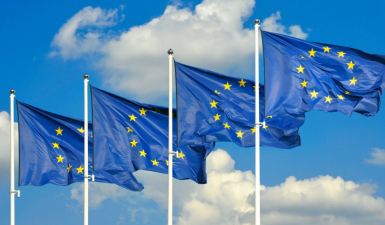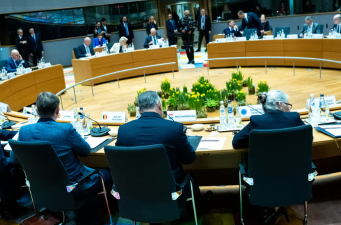
Overall Trends of the European Right
The following is a detailed analysis of the overall trends of the European right, covering its development before Trump's second term, the impact of US policy changes since Trump took office, and initial signs of its decline. A Review of the Development of the European Right Before Trump's Second Presidency
Before Trump's second presidency in 2025, the European right experienced significant growth, particularly from the mid-2010s to the early 2020s. During this period, right-wing parties achieved electoral success in many European countries, with the following characteristics:
Major Parties and Core Issues
Right-wing parties such as France's National Rally, Germany's Alternative for Germany (AfD), and Italy's Brothers of Italy attracted large numbers of voters by emphasizing anti-immigration, nationalism, and anti-EU stances. These parties viewed immigration as a threat to national culture and security, used nationalism as a tool to rally voters, and their anti-EU stance appealed to some public dissatisfaction with the Brussels bureaucracy.

The Fueling Effect of Social Crises
The rise of right-wing forces is closely linked to the multiple crises facing European society.
- The 2015 European Migrant Crisis: The influx of refugees and migrants into Europe sparked social tensions. Right-wing parties seized the opportunity to promote the "uncontrolled borders" narrative, surging in popularity.
- Economic instability: The slow economic recovery after the 2008 financial crisis and high unemployment, particularly in Southern Europe, have led to a loss of voter confidence in traditional establishment figures.
- Terrorist threats: Multiple terrorist attacks (such as the 2015 Paris attacks) have heightened public insecurity, and right-wing parties have exploited this sentiment to promote hard-line policies.
- Dissatisfaction with the EU: The EU's slow response to the crisis and divisions among its member states have made anti-EU voices more appealing.
Innovation in propaganda channels
The rise of social media and digital platforms has provided right-wing forces with new propaganda tools. These platforms not only reduce dissemination costs but also help right-wing parties reach young voters and expand their influence.
Overall, before Trump's second presidency, European right-wing forces successfully established a solid base of support among voters by leveraging crisis narratives and modern communication methods.
Analyzing the Impact of US Policy Changes After Trump's Inauguration on the European Right
After Trump's second presidency in 2025, his changes in immigration, trade, and security policies have had a complex and multifaceted impact on the European right.
- Impact of Immigration Policy
The Trump administration has tightened US border controls and immigration restrictions, such as further tightening visa policies and strengthening construction of the southern border wall. This has reduced transatlantic migration flows, particularly for some groups that might have otherwise transited through the US to Europe.
Impact on the European Right: European right-wing parties have long used the "migrant crisis" as a primary mobilization tool. Tough US policies have alleviated immigration pressures in Europe to some extent, potentially weakening the right's "sense of crisis narrative." With immigration no longer an imminent threat, voter support for right-wing parties may weaken.

- Impact of Trade Policy
Trump has continued his protectionist approach since taking office, imposing tariffs on China and other countries and increasing trade barriers on European exports to the US. This has impacted export-dependent European economies, such as Germany and Italy.
Indirect impact on the European Right: Trade barriers have led to higher costs and market uncertainty for European businesses, potentially triggering an economic slowdown or even recession. Economic hardship is often a breeding ground for the rise of right-wing forces. However, if voters blame economic problems on external factors (such as US policies) rather than the EU, right-wing anti-EU issues may lose some of their appeal.
- Impact of Security Policy
The Trump administration's reassessment of NATO and European security cooperation is a major feature of its foreign policy. He has reduced military support for Europe and demanded that European countries contribute more to their defense spending.
This has a dual effect on the European right: on the one hand, it provides right-wing parties with ammunition to criticize the EU as weak; on the other hand, it forces European countries to strengthen defense cooperation (such as through the EU Common Defense Plan), potentially increasing their dependence on the EU. This challenges the anti-EU stance of right-wing parties, as voters may be more inclined to support a stronger European Union to address security threats.
Overall, Trump's policies may provide short-term support for certain right-wing forces on certain issues, but in the long term, their impact on mitigating the immigration crisis, impacting economic stability, and promoting EU integration may pose a threat to the appeal of right-wing forces.







